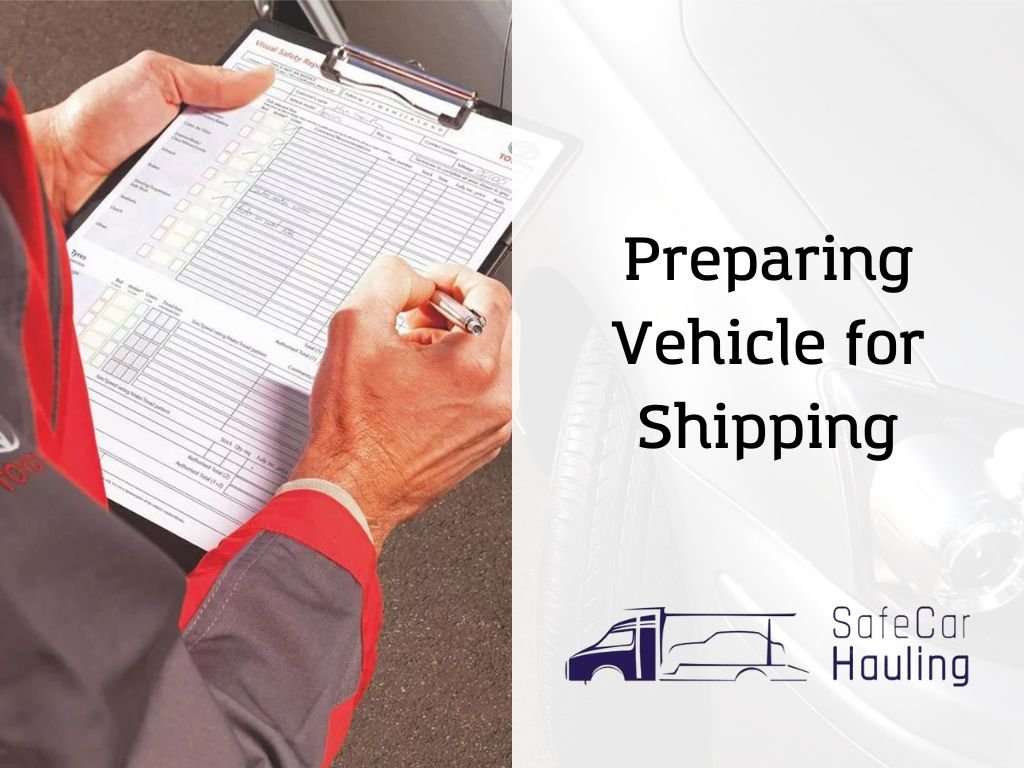How Many Cargo Ships Sink a Year?
Cargo ships are the unsung heroes of global trade, silently transporting nearly 90% of the world’s goods across vast oceans. While they keep the wheels of commerce turning, these colossal vessels occasionally face perilous fates that captivate public attention and spark widespread concern. Recent high-profile sinkings have underscored the fragility of these giants, raising questions about the frequency and impact of such events.
Get a car shipping quote in seconds!
Instant QuoteThe State of Cargo Shipping
Global Fleet at a Glance
With approximately 50,000 merchant ships plying the oceans, the cargo shipping industry is immense. These vessels range from small feeders to massive container ships that can stretch longer than the Empire State Building is tall. Each ship carries thousands of containers, making the efficient movement of goods possible on a global scale.
Navigating Challenges
Despite their size and technological sophistication, cargo ships face significant challenges. Natural disasters such as hurricanes and typhoons pose constant threats, while human error remains an unpredictable variable. Navigational mistakes, miscommunication, and inadequate maintenance can lead to catastrophic incidents, highlighting the complex and hazardous nature of maritime logistics.
Environmental and Human Factors
In addition to natural and human-induced risks, environmental factors like icebergs and shifting sea currents add layers of complexity to maritime operations. Combined, these elements create a precarious balancing act for shipping companies striving to maintain safety while ensuring timely deliveries.
How Many Cargo Ships Sink a Year?
Analyzing the Data
Historically, the number of cargo ships sinking each year has ranged widely, influenced by both technological advancements and evolving safety protocols. Between 2000 and 2010, the average was around 150 vessels per year. More recent data suggests a decline, with approximately 50-60 sinkings annually in the past decade.
Trends in Recent Years
The downward trend is encouraging and reflects improvements in ship design, navigation systems, and safety standards. However, isolated years see spikes due to extraordinary events, such as severe weather phenomena or geopolitical conflicts impacting maritime routes.
Causes of Sinkings
The primary causes of cargo ship sinkings include:
- Weather Conditions: Storms, typhoons, and rough seas account for a significant portion of sinkings.
- Technical Failures: Engine malfunctions, structural weaknesses, and electrical issues can lead to catastrophic failures.
- Human Error: Misjudgments, fatigue, and lack of proper training contribute to navigational and operational mishaps.
- Piracy and Armed Robbery: While less common, violent incidents and hijackings can result in the sinking of vessels.
Get a FREE Instant Quote now!
Get an instant quote
Impact of Cargo Ship Sinkings
Economic Consequences
The financial repercussions of cargo ship sinkings are profound. The loss of goods can disrupt supply chains, affect commodity prices, and lead to significant insurance claims. Industries reliant on timely shipments, such as automotive and electronics, often feel the brunt of these disruptions.
Environmental Impact
Environmentally, the sinking of cargo ships poses severe risks. Oil spills, chemical leaks, and the release of hazardous materials can devastate marine ecosystems. Cleanup efforts are costly and time-consuming, often spanning years to restore affected areas.
Notable Case Studies
High-profile sinkings, like the 2015 El Faro tragedy and the 2021 Ever Given grounding in the Suez Canal, illustrate the far-reaching consequences of such events. The El Faro disaster, caused by a hurricane, resulted in the loss of all 33 crew members and highlighted the need for better weather forecasting and decision-making tools. The Ever Given incident, while not a sinking, brought global trade to a halt and underscored the vulnerabilities within critical maritime chokepoints.
Future of Cargo Shipping
Technological Advancements
The future of cargo shipping is poised for transformation through technological advancements. Innovations like autonomous ships, advanced navigation systems, and real-time monitoring promise to enhance safety and efficiency. AI-driven predictive maintenance can identify potential issues before they escalate, reducing the risk of technical failures.
Sustainable Practices
Sustainability is becoming a focal point for the industry. The integration of renewable energy sources, such as wind and solar power, is being explored to reduce the carbon footprint of cargo ships. Additionally, stricter regulations on emissions and waste management are pushing companies toward greener practices.
Industry Predictions
Looking ahead, the cargo shipping industry is likely to see increased reliance on data analytics and machine learning to optimize routes, improve fuel efficiency, and enhance overall operational safety. Collaborative efforts between governments, maritime organizations, and technology firms will be crucial in driving these advancements forward.
Conclusion
Cargo ship sinkings, while less frequent than in the past, remain a significant concern for the maritime industry. The economic, environmental, and human impacts of these events underscore the importance of continued innovation and stringent safety measures.
By understanding the challenges and advancements in cargo shipping, we can better appreciate the efforts to make this vital industry safer and more sustainable. Whether you’re a car enthusiast tracking your dream vehicle’s voyage, a professional in the shipping industry, or simply a curious reader, the future of cargo shipping holds promise and potential.
Stay tuned for more insights and updates on the maritime world. Together, let’s champion safe and sustainable shipping practices for a better tomorrow.





